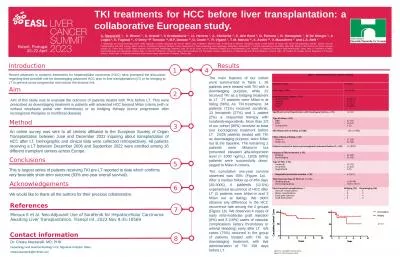PPT-MILAN 11-14 MARCH 2015
Author : pamella-moone | Published Date : 2017-04-10
SEVENTYNINTH INTERNATIONAL ATLANTIC ECONOMIC CONFERENCE INVITED ADDRESS LUIGI ZINGALES CHICAGO BOOTH SCHOOL OF BUSINESS Diagnosing the Italian Disease Diagnosing
Presentation Embed Code
Download Presentation
Download Presentation The PPT/PDF document "MILAN 11-14 MARCH 2015" is the property of its rightful owner. Permission is granted to download and print the materials on this website for personal, non-commercial use only, and to display it on your personal computer provided you do not modify the materials and that you retain all copyright notices contained in the materials. By downloading content from our website, you accept the terms of this agreement.
MILAN 11-14 MARCH 2015: Transcript
Download Rules Of Document
"MILAN 11-14 MARCH 2015"The content belongs to its owner. You may download and print it for personal use, without modification, and keep all copyright notices. By downloading, you agree to these terms.
Related Documents




![IITian's PACE Education Pvt. Ltd. [DELHI NCR] All Batches TIME TABLE
.](https://thumbs.docslides.com/132863/iitian-s-pace-education-pvt-ltd-delhi-ncr-all-batches-ti.jpg)









